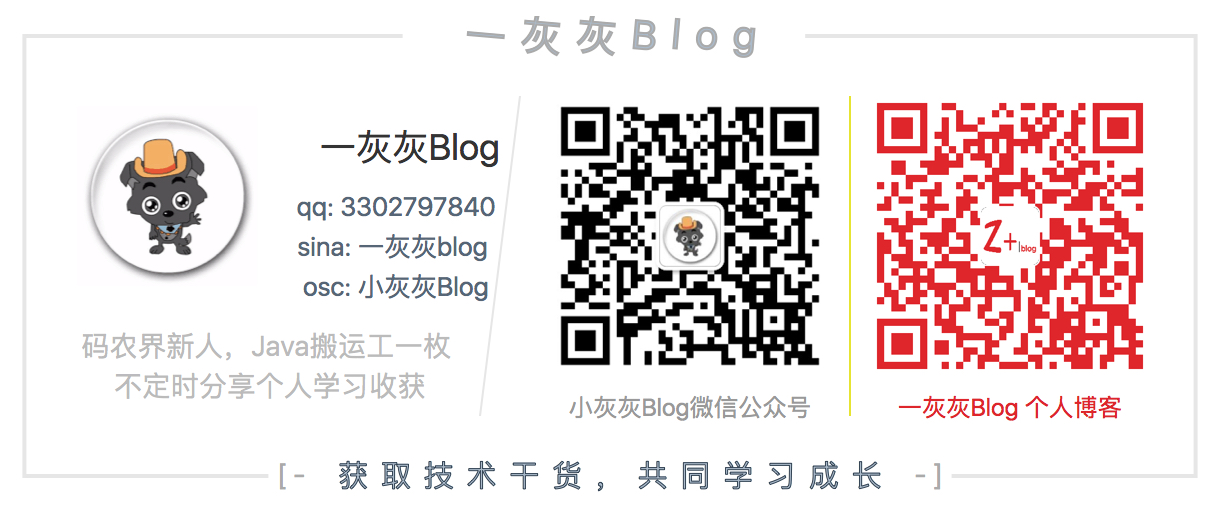如何设计一个计数的时间窗口 时间窗口,通常对于一些实时信息展示中用得比较多,比如维持一个五分钟的交易明细时间窗口,就需要记录当前时间,到五分钟之前的所有交易明细,而五分钟之前的数据,则丢掉
一个简单的实现就是用一个队列来做,新的数据在对头添加;同时起一个线程,不断的询问队尾的数据是否过期,如果过期则丢掉
另外一中场景需要利用到这个时间窗口内的数据进行计算,如计算着五分钟交易中资金的流入流出总和,如果依然用上面的这种方式,会有什么问题?
如果时间窗口大,需要存储大量的明细数据
我们主要关心的只有资金流入流出;存这些明细数据得不偿失
每次新增or删除过期数据时,实时计算流入流出消耗性能
针对这种特殊的场景,是否有什么取巧的实现方式呢?
I. 方案设计 1. 基于队列的轮询删除方式 将时间窗口分割成一个一个的时间片,每个时间片中记录资金的流入流出总数,然后总的流入流出就是所有时间片的流入流出的和
新增数据:
若未跨时间片,则更新队头的值
若跨时间片,新增一个队列头
删除数据:
轮询任务,判断队列尾是否过期
队尾过期,则删除队尾,此时若队头数据未加入计算,也需要加入计算
2. 基于队列的新增时删除方式 相比较前面的轮询方式,这个的应用场景为另外一种,只有在新增数据时,确保数据的准确性即可,不需要轮询的任务去删除过期的数据
简单来说,某些场景下(比如能确保数据不会断续的进来,即每个时间片都至少有一个数据过来),此时希望我的时间窗口数据是由新增的数据来驱动并更新
新增数据:
未跨时间片,则更新队头值
跨时间片,新塞入一个,并删除旧的数据
II. 基于数组的时间窗口实现 针对上面第二种,基于数组给出一个简单的实现,本篇主要是给出一个基础的时间窗口的设计与实现方式,当然也需要有进阶的case,比如上面的资金流入流出中,我需要分别计算5min,10min,30min,1h,3h,6h,12h,24h的时间窗口,该怎么来实现呢?能否用一个队列就满足所有的时间窗口的计算呢?关于这些留待下一篇给出
1. 时间轮计算器 前面用队列的方式比较好理解,这里为什么用数组方式来实现?
固定长度,避免频繁的新增和删除对象
定位和更新数据方便
首先是需要实现一个时间轮计算器,根据传入的时间,获取需要删除的过期数据
1 2 3 4 5 6 7 8 9 10 11 12 13 14 15 16 17 18 19 20 21 22 23 24 25 26 27 28 29 30 31 32 33 34 35 36 37 38 39 40 41 42 43 44 45 46 47 48 49 50 51 52 53 54 55 56 57 58 59 60 61 62 63 64 65 66 67 @Data public class TimeWheelCalculate private static final long START = 0 ; private int period; private int length; private int cellNum; private void check () if (length % period != 0 ) { throw new IllegalArgumentException( "length % period should be zero but not! now length: " + length + " period: " + period); } } public TimeWheelCalculate (int period, int length) this .period = period; this .length = length; check(); this .cellNum = length / period; } public int calculateIndex (long time) return (int ) ((time - START) % length / period); } public List<Integer> getExpireIndexes (long lastInsertTime, long nowInsertTime) if (nowInsertTime - lastInsertTime >= length) { return null ; } List<Integer> removeIndexList = new ArrayList<>(); int lastIndex = calculateIndex(lastInsertTime); int nowIndex = calculateIndex(nowInsertTime); if (lastIndex == nowIndex) { return Collections.emptyList(); } else if (lastIndex < nowIndex) { for (int tmp = lastIndex; tmp < nowIndex; tmp++) { removeIndexList.add(tmp); } } else { for (int tmp = lastIndex; tmp < cellNum; tmp++) { removeIndexList.add(tmp); } for (int tmp = 0 ; tmp < nowIndex; tmp++) { removeIndexList.add(tmp); } } return removeIndexList; } }
这个计算器的实现比较简单,首先是指定时间窗口的长度(length),时间片(period),其主要提供两个方法
calculateIndex 根据当前时间,确定过期的数据在数组的索引getExpireIndexes 根据上次插入的时间,和当前插入的时间,计算两次插入时间之间,所有的过期数据索引
2. 时间轮容器 容器内保存的时间窗口下的数据,包括实时数据,和过去n个时间片的数组,其主要的核心就是在新增数据时,需要判断
若跨时间片,则删除过期数据,更新实时数据,更新总数
若未跨时间片,则直接更新实时数据即可
1 2 3 4 5 6 7 8 9 10 11 12 13 14 15 16 17 18 19 20 21 22 23 24 25 26 27 28 29 30 31 32 33 34 35 36 37 38 39 40 41 42 43 44 45 46 47 48 49 50 51 52 53 54 55 56 57 58 59 60 61 62 63 64 65 66 67 68 69 70 71 72 @Data public class TimeWheelContainer private TimeWheelCalculate calculate; private int [] counts; private int realTimeCount; private int timeWheelCount; private Long lastInsertTime; public TimeWheelContainer (TimeWheelCalculate calculate) this .counts = new int [calculate.getCellNum()]; this .calculate = calculate; this .realTimeCount = 0 ; this .timeWheelCount = 0 ; this .lastInsertTime = null ; } public void add (long now, int amount) if (lastInsertTime == null ) { realTimeCount = amount; lastInsertTime = now; return ; } List<Integer> removeIndex = calculate.getExpireIndexes(lastInsertTime, now); if (removeIndex == null ) { realTimeCount = amount; lastInsertTime = now; timeWheelCount = 0 ; clear(); return ; } if (removeIndex.isEmpty()) { realTimeCount += amount; lastInsertTime = now; return ; } for (int index : removeIndex) { timeWheelCount -= counts[index]; counts[index] = 0 ; } timeWheelCount += realTimeCount; counts[calculate.calculateIndex(lastInsertTime)] = realTimeCount; lastInsertTime = now; realTimeCount = amount; } private void clear () for (int i = 0 ; i < counts.length; i++) { counts[i] = 0 ; } } }
3. 测试 主要就是验证上面的实现有没有明显的问题,为什么是明显的问题?
1 2 3 4 5 6 7 8 9 10 11 12 13 14 15 16 17 18 19 20 21 22 23 24 25 26 27 28 29 30 31 32 33 34 35 36 37 38 39 40 41 42 43 44 public class CountTimeWindow public static void main (String[] args) TimeWheelContainer timeWheelContainer = new TimeWheelContainer(new TimeWheelCalculate(2 , 20 )); timeWheelContainer.add(0 , 1 ); Assert.isTrue(timeWheelContainer.getTimeWheelCount() == 0 , "first" ); timeWheelContainer.add(1 , 1 ); Assert.isTrue(timeWheelContainer.getTimeWheelCount() == 0 , "first" ); timeWheelContainer.add(2 , 1 ); Assert.isTrue(timeWheelContainer.getTimeWheelCount() == 2 , "second" ); Assert.isTrue(timeWheelContainer.getCounts()[0 ] == 2 , "second" ); for (int i = 3 ; i < 20 ; i++) { timeWheelContainer.add(i, 1 ); System.out.println("add index: " + i + " count: " + timeWheelContainer.getTimeWheelCount()); } timeWheelContainer.add(20 , 3 ); Assert.isTrue(timeWheelContainer.getTimeWheelCount() == 20 , "third" ); timeWheelContainer.add(21 , 3 ); Assert.isTrue(timeWheelContainer.getTimeWheelCount() == 20 , "third" ); timeWheelContainer.add(22 , 3 ); Assert.isTrue(timeWheelContainer.getTimeWheelCount() == 26 - 2 , "fourth" ); Assert.isTrue(timeWheelContainer.getCounts()[0 ] == 6 , "fourth" ); timeWheelContainer.add(26 , 3 ); Assert.isTrue(timeWheelContainer.getTimeWheelCount() == 24 - 2 - 2 + 3 , "fifth" ); System.out.println(Arrays.toString(timeWheelContainer.getCounts())); timeWheelContainer.add(43 , 3 ); System.out.println(Arrays.toString(timeWheelContainer.getCounts())); Assert.isTrue(timeWheelContainer.getTimeWheelCount() == 6 , "six" ); } }
III. 其他 一灰灰的个人博客,记录所有学习和工作中的博文,欢迎大家前去逛逛
2. 声明 尽信书则不如,已上内容,纯属一家之言,因个人能力有限,难免有疏漏和错误之处,如发现bug或者有更好的建议,欢迎批评指正,不吝感激
3. 扫描关注




